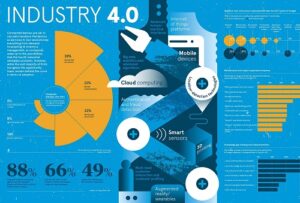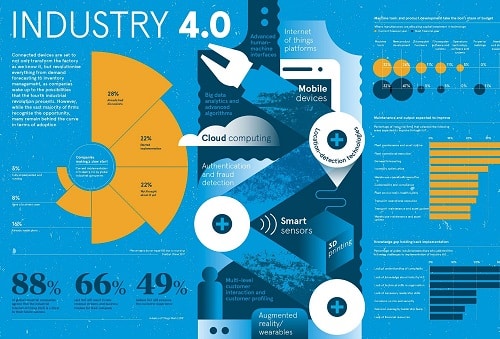The financial industry has always been data-driven. However, with the rise of technology and the availability of big data, the industry is undergoing a major transformation. Big data has the power to revolutionize the way financial institutions operate, from improving risk management to enhancing customer experiences. In this article, we’ll explore the various ways in which big data is revolutionizing the financial industry.
What is Big Data?
Big data refers to the large volumes of data that businesses and organizations generate on a daily basis. This data can come from a variety of sources, such as social media, website traffic, customer interactions, and more. The challenge with big data is not just collecting it, but also analyzing and making sense of it. This is where technology comes into play, with the development of advanced algorithms and machine learning tools to help organizations process and derive insights from big data.
Big Data and Risk Management
One of the key areas where big data is transforming the financial industry is in risk management. Financial institutions generate vast amounts of data on a daily basis, from customer transactions to market data. By analyzing this data in real-time, financial institutions can quickly identify potential risks and take proactive measures to mitigate them. This includes everything from fraud detection to managing credit risk.
Big Data and Customer Experience
Another area where big data is having a major impact on the financial industry is in customer experience. Financial institutions are using big data to gain a deeper understanding of their customers, including their behaviors, preferences, and needs. This allows them to provide more personalized products and services, as well as improve customer service and support.
Big Data and Trading
Big data is also revolutionizing the way financial institutions trade. With the ability to analyze large volumes of data in real-time, traders can make more informed decisions and respond quickly to changing market conditions. This includes everything from identifying trading opportunities to managing risk.
Big Data and Compliance
Compliance is another area where big data is having a major impact on the financial industry. Financial institutions are required to comply with a wide range of regulations, from anti-money laundering to data protection. By leveraging big data, institutions can more easily identify and monitor potential compliance issues, as well as automate compliance processes to reduce the risk of human error.
Big Data and Cybersecurity
Cybersecurity is a major concern for financial institutions, given the sensitive nature of the data they handle. Big data can be used to improve cybersecurity by identifying potential threats and vulnerabilities, as well as providing real-time monitoring and detection of cyber attacks.
Conclusion
Big data is revolutionizing the financial industry in a variety of ways, from risk management to customer experience to compliance and cybersecurity. As technology continues to evolve, we can expect to see even more innovative uses of big data in the financial industry.
FAQ
Q: What are some examples of big data in the financial industry?
A: Some examples include customer transaction data, market data, social media data, and website traffic data.
Q: How is big data used in risk management?
A: Big data is used to identify potential risks in real-time, allowing financial institutions to take proactive measures to mitigate them.
Q: How is big data used in customer experience?
A: Big data is used to gain a deeper understanding of customer behaviors, preferences, and needs, allowing financial institutions to provide more personalized products and services.
Q: How is big data used in trading?
A: Big data is used to analyze market data in real-time, allowing traders to make more informed decisions and respond quickly to changing market conditions.
Q: How is big data used in compliance?
A: Big data is used to improve cybersecurity by identifying potential threats and vulnerabilities. It provides real-time monitoring and detection of cyber attacks, allowing institutions to respond quickly and effectively to protect their data and assets.
Q: Are there any challenges associated with using big data in the financial industry?
A: Yes, there are several challenges associated with using big data in the financial industry, including data privacy concerns, data quality issues, and the need for specialized skills and expertise to analyze and derive insights from the data.
Q: How can financial institutions address these challenges?
A: Financial institutions can address these challenges by implementing robust data privacy and security protocols, investing in data quality management, and building a team of skilled data analysts and scientists.
Q: What are some future developments in the use of big data in the financial industry?
A: Some future developments include the use of artificial intelligence and machine learning to analyze big data and make more accurate predictions, as well as the integration of big data with blockchain technology to improve security and transparency.
In summary, big data is transforming the financial industry in a variety of ways, from improving risk management to enhancing customer experiences. Financial institutions that leverage big data effectively can gain a competitive advantage in the marketplace and better serve their customers. As technology continues to evolve, we can expect to see even more innovative uses of big data in the financial industry.

